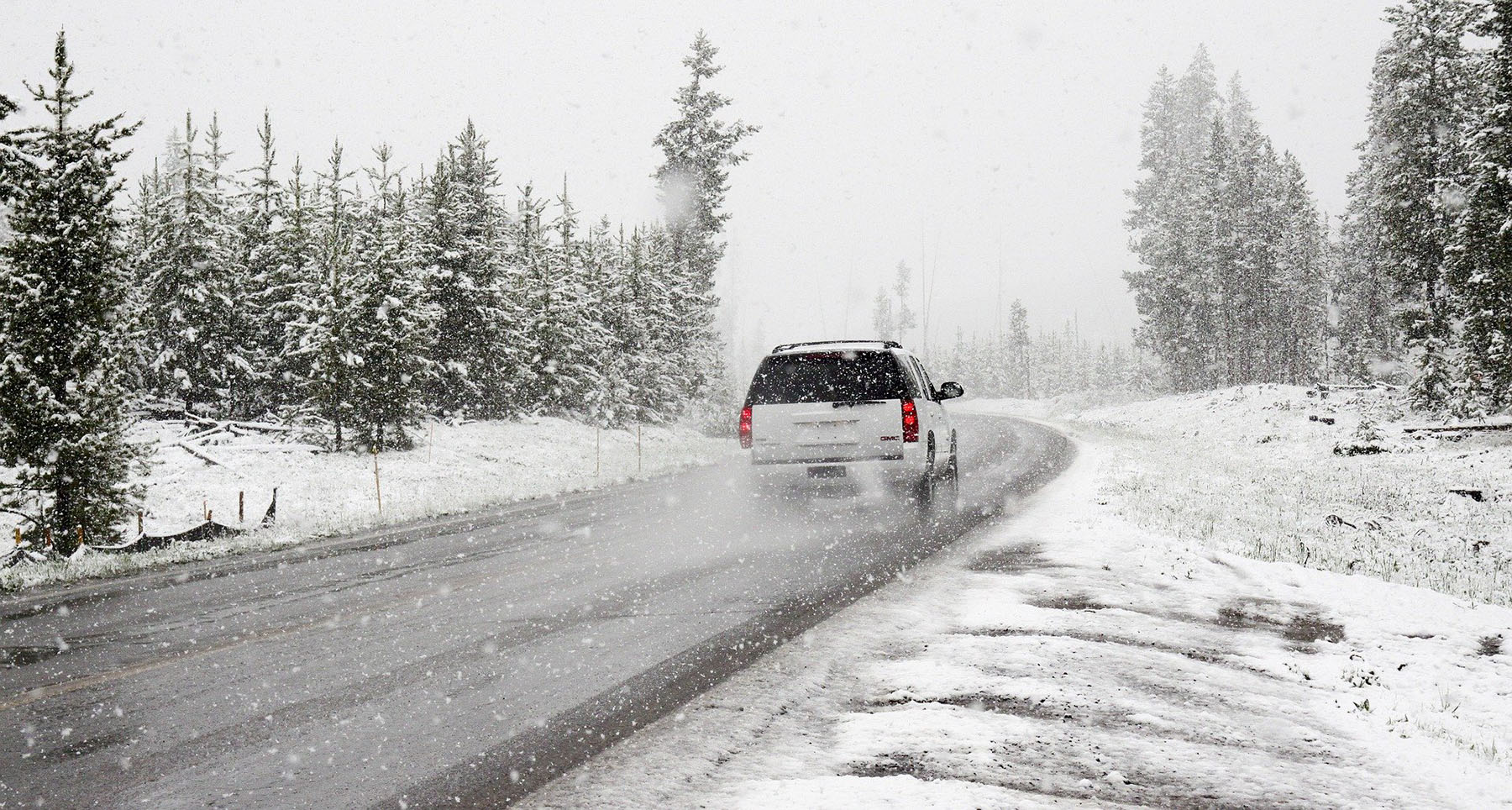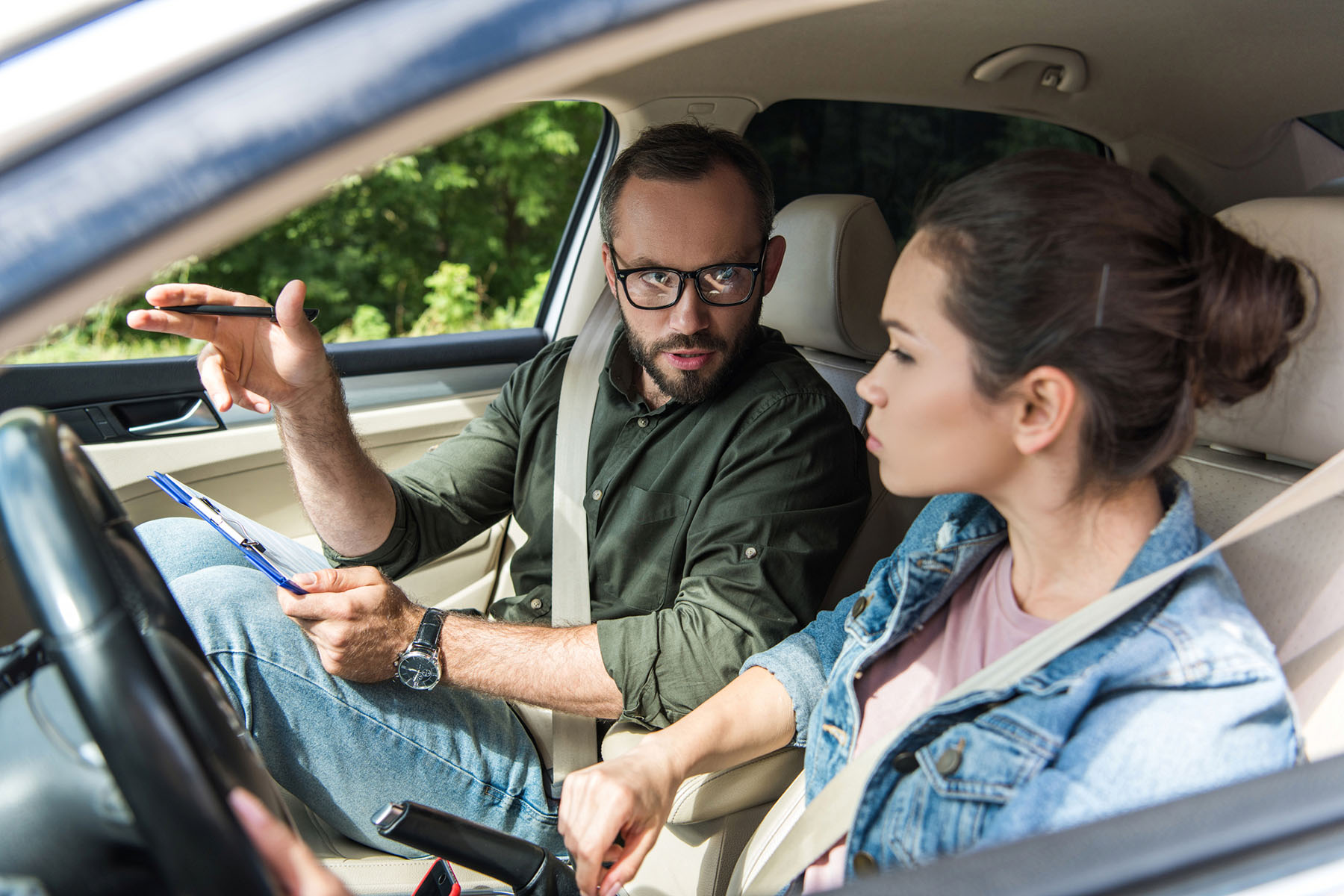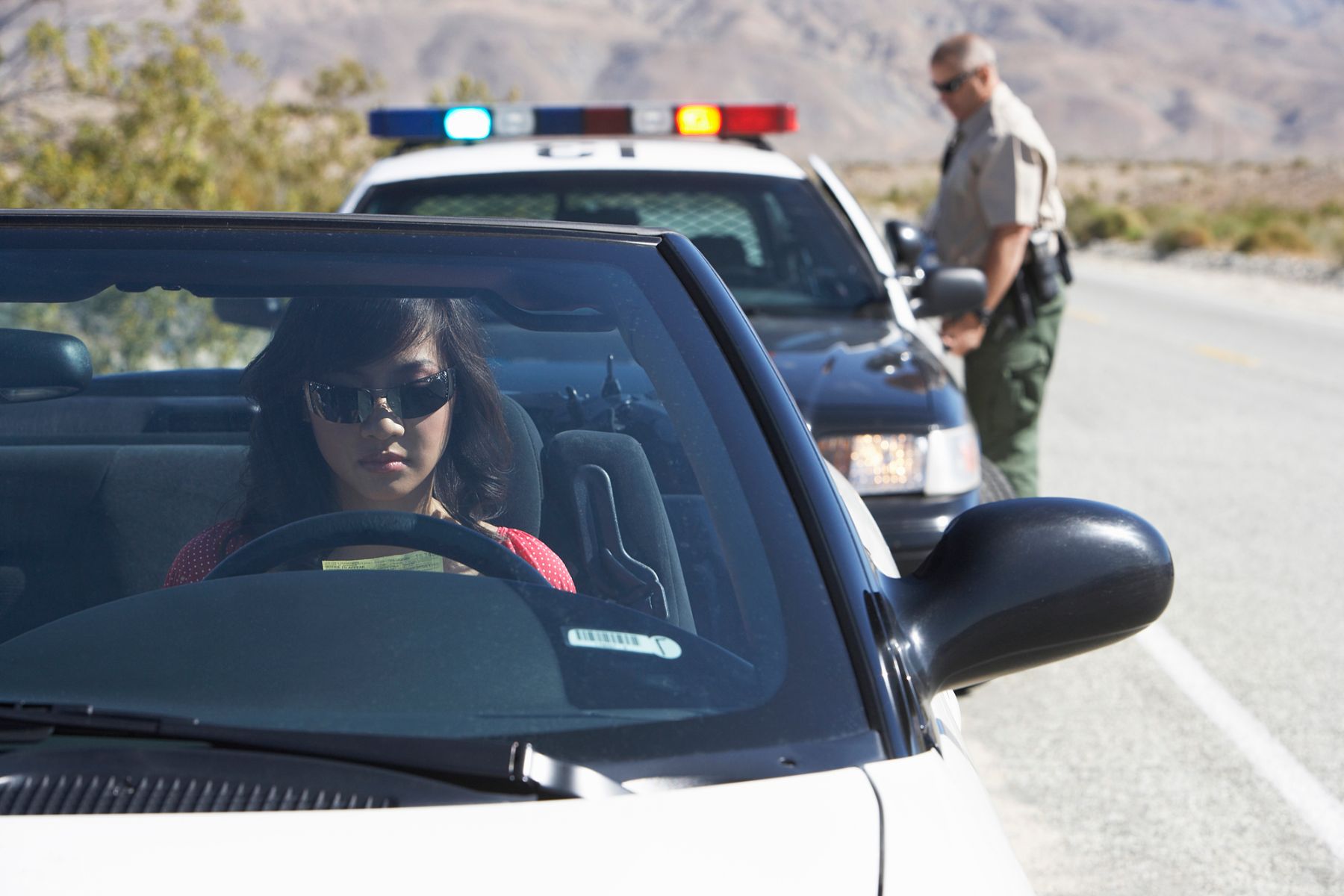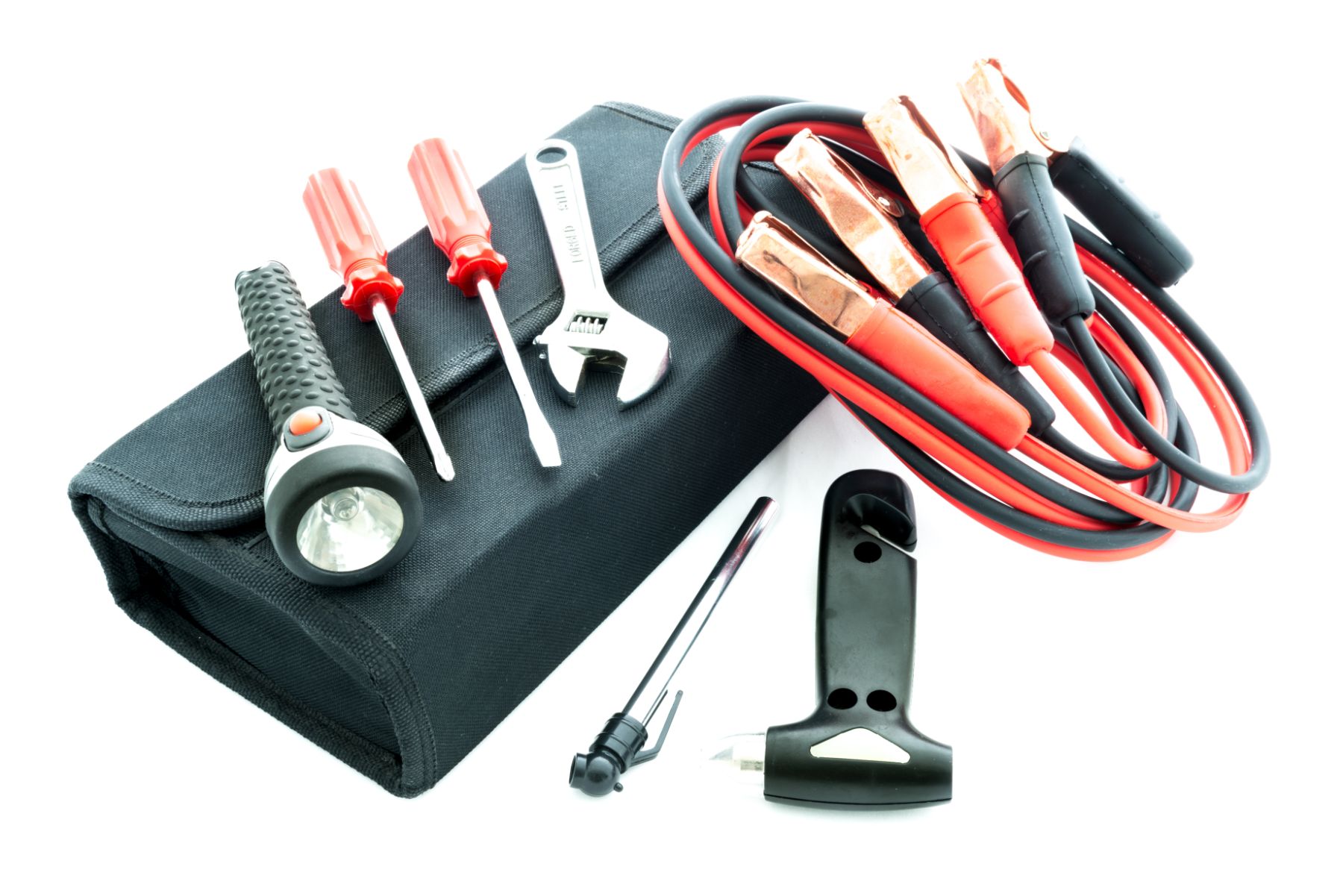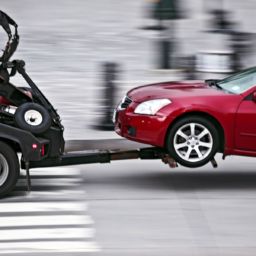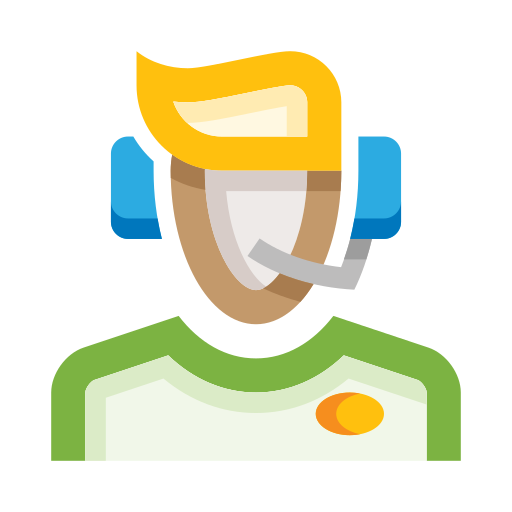
Road rage is no joke! Experiencing belligerent behavior on the road can not only be intimidating but very concerning for the well-being of you and others. Whether you encounter an angry driver behind the wheel or you are the angry driver behind the wheel, we have tips to help you diffuse the situation and ultimately stay safe.
Behind the Wheel
When you spot an angry driver while you’re behind the wheel, try your best to stay calm. If the angry driver is targeting you specifically, resist the urge to engage with them. Refrain from making eye contact with the driver or signaling any gestures. When you are reactive and show your frustration or judgment, the chances of the situation escalating are more likely. Aim to be a defensive driver, not a reactive driver.
If you’re driving on a multilane road, attempt to safely move out of the angry driver’s way, letting them pass you. If passing is not an option, you can turn onto a different road or take the next exit available to you. Whatever you do, do not pull over for an angry driver. If the driver is angry at you specifically, they may try to pull over to confront you face to face. If someone is ever approaching your parked car, lock the doors, lay on the horn, and call 911. Do not exit the vehicle if you sense that you are in danger.
If you are being followed by an angry driver, you should call 911 and report that you have an aggressive driver with road rage following you. The dispatcher on the line will relay that information to an officer who can help you.
In the Passenger’s Seat
If you’re a passenger with someone who has road rage, it’s still best to stay calm as long as they are operating the vehicle. In particular, do not criticize them or yell at them to “calm down,” as this can only make their aggression worse. Instead, speak calmly to them and suggest they take a couple of breaths to recollect themselves. As humans, we tend to mimic the behavior and body language of those we are speaking to. As a result, we can influence people in how we model our behavior rather than by telling someone what to do.
Alternatively, you can frame the conversation around how you feel as a passenger. For example, when you express that you’re scared, you’re passively letting the driver know that their actions are causing you anxiety.
If you’ve attempted to de-escalate and the driver is still overstimulated by their emotions, offer to take over the driving if you’re able. This gives them a chance to decompress and take their eyes off the road for a bit, especially if there’s a long drive ahead of them.
What to Do if You’re a Driver Struggling with Road Rage
If you have a history of road rage, here are some tips to help you cope in a healthy way.
The first (and most simple) step of preventing road rage is: if you feel worked up, do not drive. When you’re feeling emotionally charged, upset, or irritable, there are risks to getting behind the wheel. Regardless of your route, you cannot predict what will happen during your drive. If someone cuts you off in traffic or tailgates you for miles, you’re more likely to act short-fused. The key is to be mentally prepared to drive before getting in the car.
Another way to minimize road rage is to practice empathetic thinking. Reframe how you view the situation at hand. For example, if someone closely cuts you off in the middle of interstate traffic, tell yourself that maybe they were rushing to the hospital for an emergency or were late for an important interview. Viewing the encounter in this way should lower your stress and gives you the opportunity to put yourself in their shoes. Even if that driver isn’t actually on the way to the hospital, telling yourself that they are can help you give grace to other drivers. After all, it’s not your responsibility to “teach them a lesson.” If they are breaking laws, law enforcement will handle that.
Road rage often depicts a lack of impulse control. If you struggle with impulsive driving and decisions, the best thing you can do is to have a plan in place ahead of time for certain scenarios. For instance, decide in advance that if a driver wrongs you, you’ll slowly count to ten and let the moment pass—opposed to hitting the gas out of rage.
Learn more about our open enrollment Online Course, or register for Behind the Wheel lessons!


